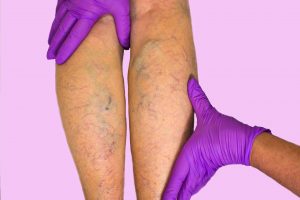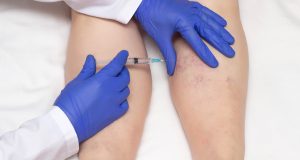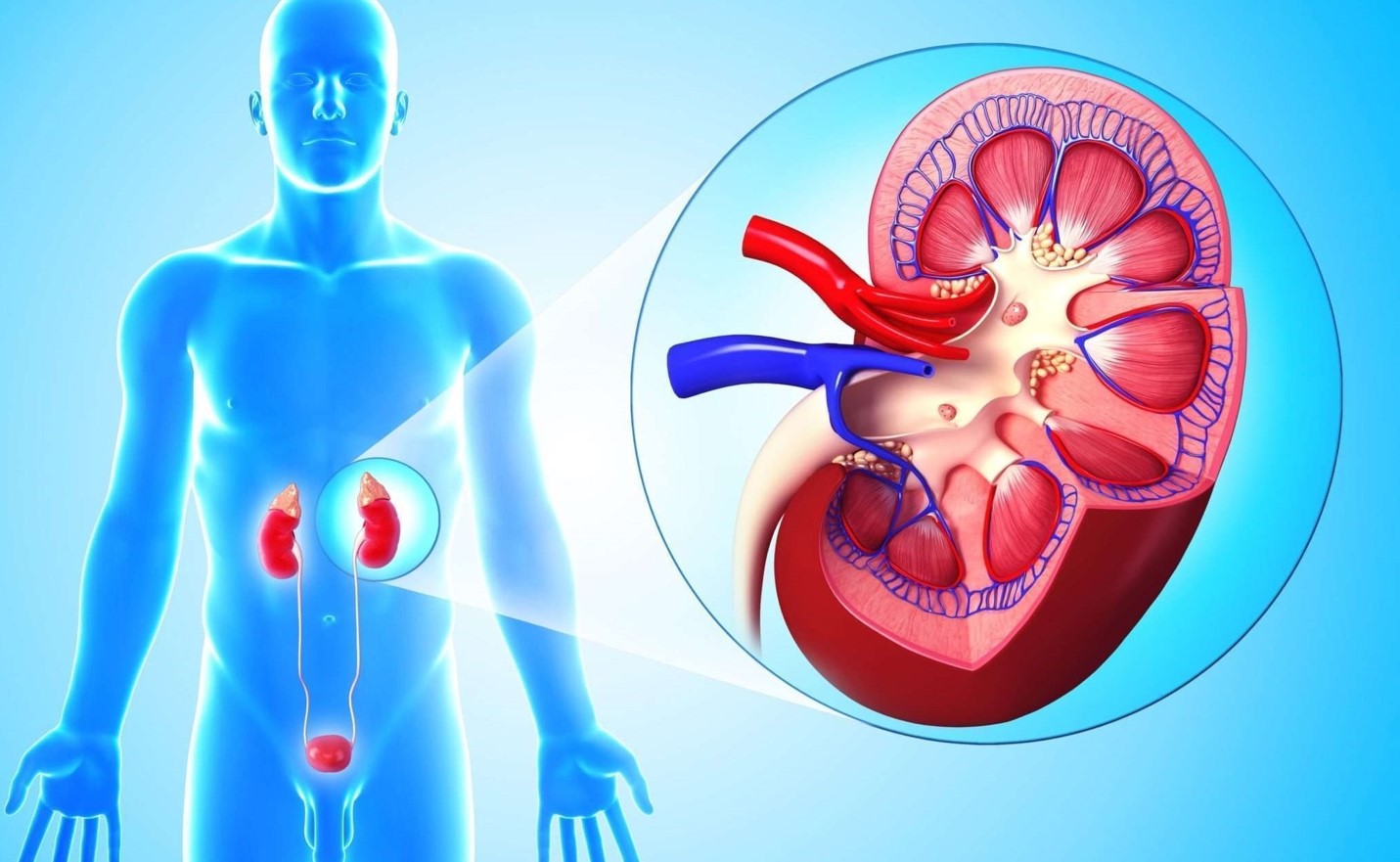1. What is varicose veins, how is it caused and how often does it occur?
Varicose veins are a disease that affects the superficial veins of the legs. In this disease, the valves in the veins weaken, which leads to stagnation of venous blood, pathological expansion and tortuosity of the veins. In large cities, this diagnosis occurs in every fourth woman and every eighth man.
The main causes of the disease are frequent static loads and a sedentary lifestyle. Prolonged immobility in a standing or sitting position is a characteristic feature of the modern urban lifestyle. Therefore, the incidence of varicose veins among the urban population is significantly higher than this indicator for rural areas.
Other reasons include aggravated heredity (especially on the maternal side), hard physical labor, numerous pregnancies, taking hormonal drugs, increased body weight and others.
2. How does this disease manifest itself?

The main manifestations of varicose veins include vascular networks, convoluted veins on the skin, bulges under the skin where the veins pass, swelling of the legs, a feeling of heaviness and fatigue, which intensifies towards the end of the day.
3. How do you know if there is a disease and whether it needs to be treated?
To find out if you have a disease of superficial veins and how dangerous it is to health, you need to consult a specialist – phlebologist or vascular surgeon. Advice from family and friends, or someone who has “already been treated,” can do more harm than good.
4. What are the possible consequences, what happens if you do not treat?
The consequences depend on the severity of the disease. With the so-called intradermal varicose veins, when only the smallest vessels of the skin are affected, the only negative consequence is the aesthetic moment associated with venous nets or “spiders” on various parts of the legs. The defeat of large superficial veins can have serious consequences, including: thrombophlebitis (the formation of blood clots in the veins), trophic ulcers, varicose eczema (rashes on the skin in the form of a rash) and bleeding from varicose veins.
5. What diagnostic methods are used for varicose veins?
Currently, the gold standard in diagnostics is duplex (or triplex) scanning of the veins of the lower extremities. This is an ultrasound method that allows you to obtain accurate information about the condition of the veins, both superficial and deep. When carrying out this study, the work of the venous valves, the presence or absence of inflammation and blood clots in the veins are determined, the consequences of previously transferred thrombosis are revealed. And most importantly, this method helps to determine what type of treatment a patient needs – surgery or conservative therapy.
6. In what cases is conservative treatment possible?
Any form of varicose veins requires conservative treatment. If the large saphenous veins are not affected, and there are manifestations only in the form of “nets” or “stars” on the skin, a conservative approach to treatment is the main one. When the disease affects the larger saphenous veins, then conservative treatment is used in addition to surgery.
7. In what cases is surgical treatment indicated?
Whether surgery is required or not is determined only after a thorough duplex (triplex) scan of the veins of the lower extremities. In this case, the main indication is widespread valvular insufficiency in the trunks of the saphenous veins. The need for an operation can only be determined by a specialist – a phlebologist, a vascular surgeon or a surgeon who has been dealing with this problem for a long time.
8. What types of operations are currently being carried out? What is the advantage of the modern method of surgical treatment – laser coagulation of veins?
Along with classical surgical interventions such as phlebectomy, mini-phlebectomy (surgery to remove veins), the method of laser coagulation is now widely used throughout the world.
Endovasal laser coagulation is a modern method of treating varicose veins, which, due to its low trauma, is often regarded not as a full-fledged operation, but as a minimally invasive procedure, the same, for example, as an intravenous injection or an intramuscular injection. Laser coagulation can be performed under local anesthesia on an outpatient basis and allows the patient to solve the problem without interrupting for a long time from work and the usual rhythm of life. Another undoubted advantage of this technique is the absence of incisions on the thigh and in the groin area, in contrast to the classic operation (phlebectomy).
9. What is the recovery period after surgery?
The recovery period after surgery is on average 2 to 4 weeks, of which the approximate duration of disability is 7-14 days. The use of modern low-traumatic techniques, such as laser coagulation of veins, makes it possible to reduce these periods. The recovery rate may vary depending on the individual characteristics of the patient (age, body weight, pain threshold).
10. Are there any relapses after the operation?
Relapse, that is, the reappearance of varicose veins on the legs, is possible after any kind of surgery. By removing varicose veins, the doctor does not influence the reasons for their appearance (static loads, heredity, increased body weight, etc.). In other words, a person still has a predisposition to varicose veins.
Thus, if the patient, after a successful operation, does not follow the doctor’s recommendations, then over time the disease can move to previously healthy veins, which will manifest itself as a relapse of the disease.
Prevention tips or “Let’s not give varicose veins a single chance!”:
Watch your body weight, do not overeat.
Play active sports (swimming, cycling, running, walking, skiing, etc.).
Do not abuse the bath, sauna and hot baths, do not overheat in the sun.
Avoid injuries to your feet.
Pour a contrast shower on your feet daily, alternating between warm and cool water (8-10 cycles for 30 seconds). This is especially useful during the hot season.
Wear medical compression products https://en.wikipedia.org/wiki/Compression_stockings (tights, stockings, knee-highs) when sitting or standing for a long time. Also use compression hosiery during pregnancy, childbirth and the postpartum period.
Do not wear tight-fitting clothing.
Eat more coarse and plant foods (vegetables, fruits), this helps prevent constipation.
If you need to take hormonal drugs, including contraceptives, consult a phlebologist first.
Do not wear high-heeled shoes (more than 5-6 cm).
If you suspect varicose veins, do not be afraid to contact a specialist for advice.



